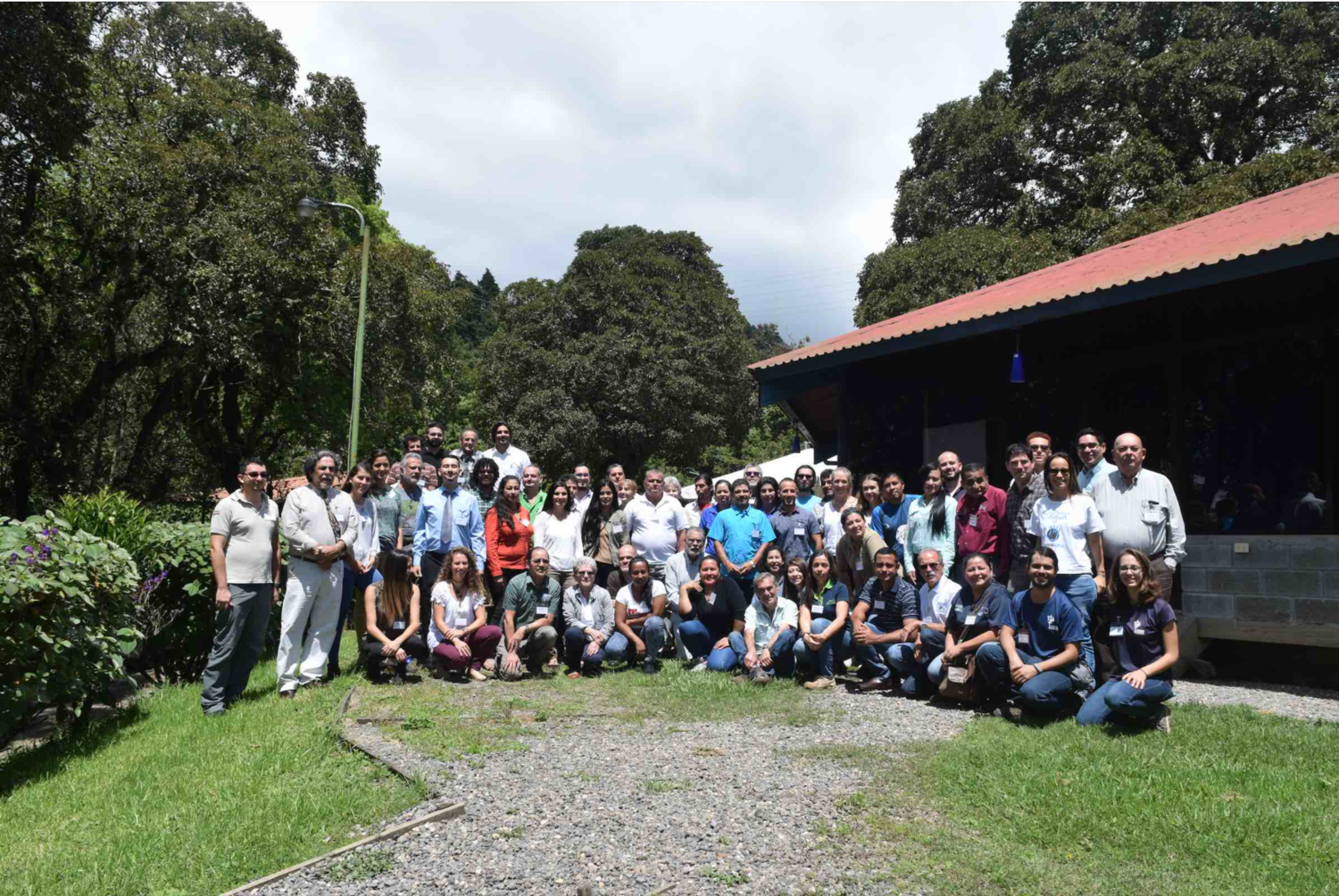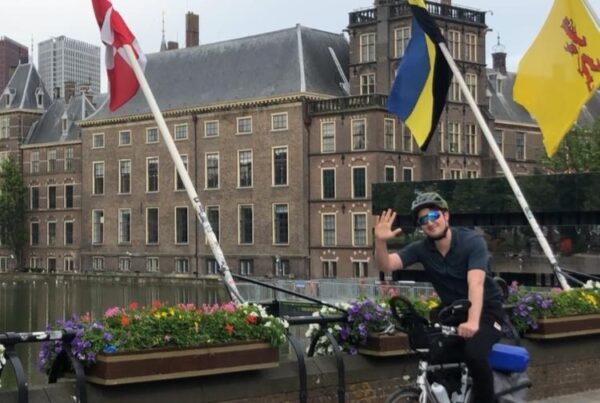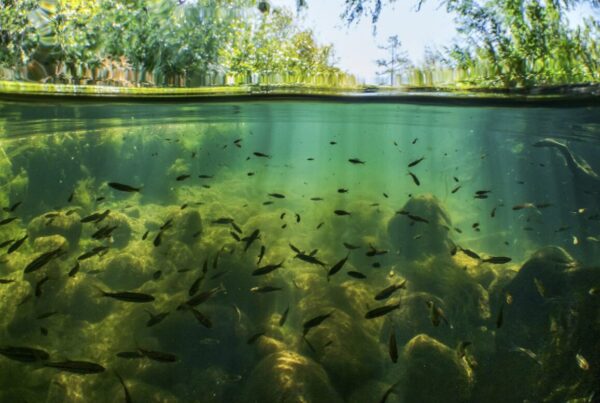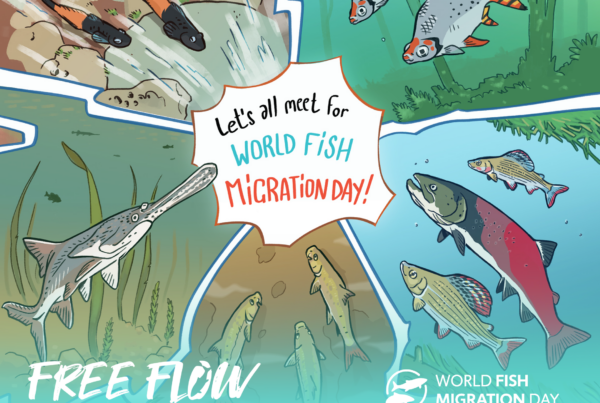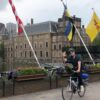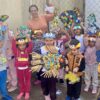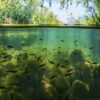The Alianza Nacional Rios y Cuencas de Costa Rica aims at building a sustainable national unity, based on respect and protection of Costa Rican rivers and basins. To achieve this, they built a system of Citizen Water Observatories which relies on the power of communities to safeguard waterways. The Citizen Water Observatories engage in several activities, ranging from monitoring water bodies to organizing workshops and radio shows. A participatory approach is what enables the Alianza Nacional Ríos y Cuencas de Costa Rica to act on several fronts and sensibilize people from all ages and backgrounds to take action for rivers. Read the interview to discover their vision of Alianza Nacional Rios y Cuencas de Costa Rica and how they are expanding their project beyond Costa Rica.

Citizen Water Observatory (© Alianza Nacional Ríos y Cuencas de Costa Rica & Observatorios Ciudadanos del Agua).
What are the main challenges faced in water management and river protection in Costa Rica? How do you address these challenges?
Costa Rica is a water-rich country with an average of more than 27,000 m3 of water per capita. However, 27 of its 34 watersheds are highly polluted. The lasting deficiency in sewage treatment, industrial and agricultural wastewater, and agricultural and livestock discharges, severely damage the quality of surface and underground waterbodies.
The Alianza Nacional Rios y Cuencas de Costa Rica addresses this issue with a participatory community approach called Citizen Water Observatories (CWOs). Today, 108 CWOs are registered at the national level, and the number will likely increase in 2024 thanks to the mandatory registration of all Committees under the Ecological Blue Flag Programme.
The CWOs have 10 areas of work:
- Strengthening of the Blue Flag Ecological Programme implies the execution of an annual monitoring of the water body and the publishing of the respective report.
- The cartographic analyses entail georeferencing the protected water body and its micro-basin or sub-basin.
- The Mud Sphere Festival is a community activity in which spheres treated with microorganisms are released into contaminated waterbodies that need to be purified.
- The conservation of ecosystems consists of reforestation, cleaning, and education days for the restoration of degraded ecosystems.
- The macroinvertebrates morkshop is a community activity aimed at collecting and identifying aquatic insects and other life forms as bioindicators.
- The Watchful Eye is a social network made up of CWO members dedicated to collecting, advising, and taking legal and administrative actions against any violation of water bodies.
- Gatherings along the river bring the community together to enjoy scenic spaces near the water (rivers, streams, lagoons, or lakes). The activities include hiking, bird watching, family picnics by the river, etc.
- The expansion of the CWO network aims at disseminating the CWO efforts to encourage more communities to join this initiative.
- Training and community empowerment in the proper use of tools is useful for the prevention and management of climate change-related effects.
- Monitoring and protecting buffer areas adjacent to water bodies is under the CWOs management.
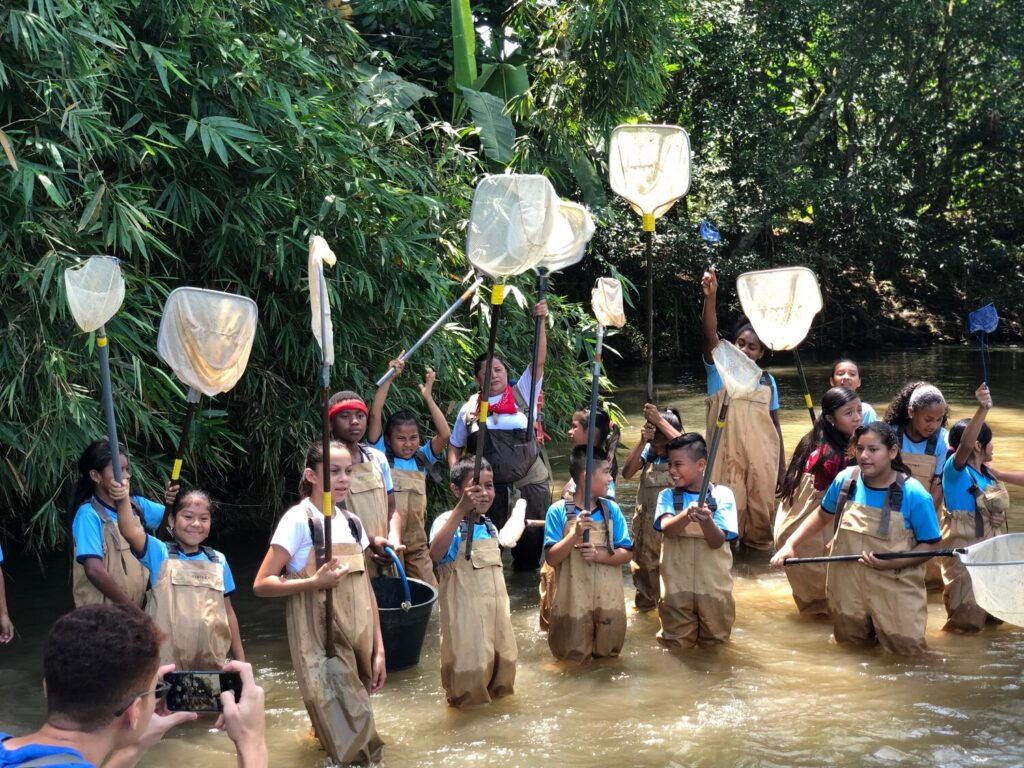
Students attending a macroinvertebrates workshops (© Alianza Nacional Ríos y Cuencas de Costa Rica & Observatorios Ciudadanos del Agua).
How do you collaborate with indigenous communities to preserve the cultural and environmental importance of rivers in their territories?
Indigenous people in Costa Rica are only 1% of the national population but their territories are the best preserved in terms of water sources and forested areas. Our native communities sustainably manage their living spaces, which is the opposite of the dominant agro-export and extractivist model. To a large extent, Costa Rica’s 52% forest cover is possible thanks to indigenous people managing their territories. Our organization is actively involved in legal proposals by indigenous communities to designate protection categories in several rivers (e.g., Sarapiquí and Pacuare Rivers) so that they are free of dams and extractive activities in their beds.
You host an event called the ‘Mud Sphere Festival’, what is it about and why is mud the star of the show?
This is the “star” activity of the CWOs which engages entire communities, particularly children and students. Around thirty festivals have been held since 2019. The event is divided into two phases:
1) Preparation of the spheres with the inoculation of effective microorganisms. The clay balls treated with microorganisms are left to rest for 15 days, in trays covered with a newspaper in a closed, dark place until a layer of mould (fungus) is created on their surface. At that moment, the spheres are ready to be launched onto the river bed.
2) Launching the spheres in the sections of the riverbed which are more vulnerable to polluting effluents. Each sphere thrown into the riverbed acts on 1 m2 of the contaminated mud by releasing the inoculated microorganisms.
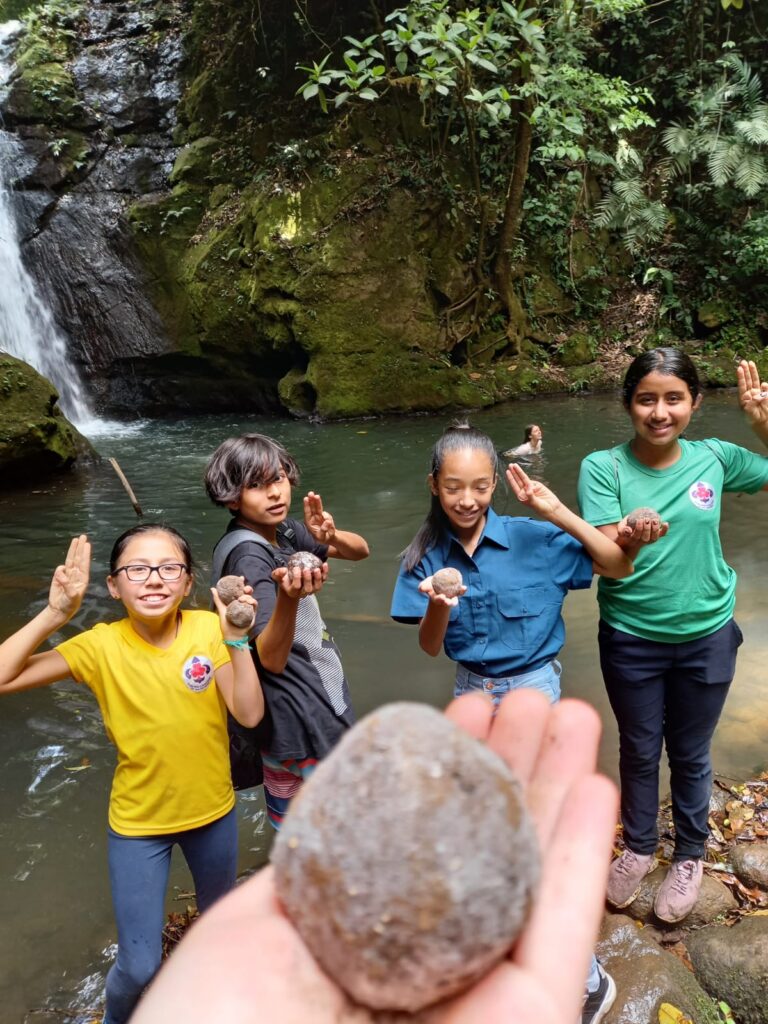
The mud spheres (© Alianza Nacional Ríos y Cuencas de Costa Rica & Observatorios Ciudadanos del Agua).
In the #HealthyRiversToSea project, what initiatives and actions are you implementing to preserve and improve river health?
Our radio outreach programme, called “Para que nuestros ríos lleguen sanos al mar” (translated to “So that our rivers reach the sea in good health”) is a communication space where we promote the efforts and initiatives in favour of the protection of rivers and all aspects related to them.
The programme has been broadcasted every Saturday uninterruptedly since 2017, condensing the “state of the art” of water in Costa Rica. It is a space for environmental education/awareness that moves beyond Costa Rican borders – we champion experiences regarding the restoration of water bodies in Latin America and Spain too.
What does the term ‘fluviofelicidad’ mean? Any anecdotes or experiences that explain the unique connection rivers have with our lives and emotions?
The concept of “fluviofelicidad” (translated to “riverhappiness”) is a new adjective created by our organisation. The community approach to the protection of water sources has generated a contagious synergy that is reflected in the formation of 108 CWOs. This sense of community involvement reflects a primordial connection with waterbodies that cannot be expressed in a few lines. Civilizations have been built around rivers throughout history, and Costa Rica is no exception. Costa Ricans thrive thanks to the proximity between human settlements and rivers, despite the impact of our socio-productive processes on waterbodies. The popularity of activities such as white-water kayaking and rafting in our country is another example of “fluviofelicidad”.
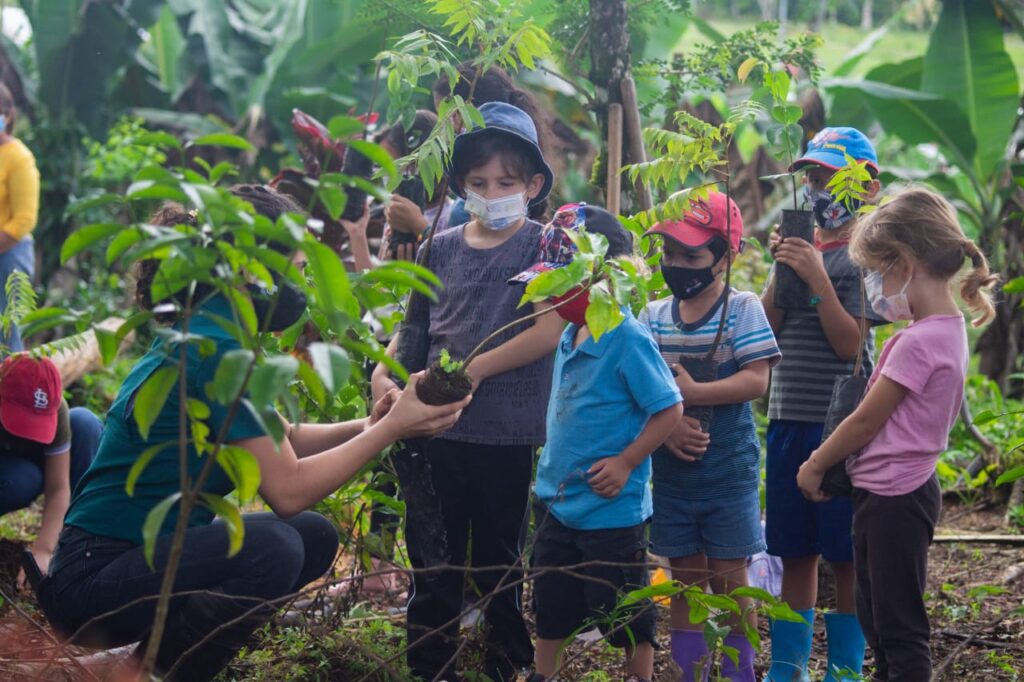
Children learning about reforestation (© Alianza Nacional Ríos y Cuencas de Costa Rica & Observatorios Ciudadanos del Agua).
What exciting projects does Rios y Cuencas have on the horizon? Can people get involved and contribute to the project?
The expansion of the CWO network represents an exciting challenge and a high-priority socio-environmental responsibility for our group. It is expected that the community will keep growing outside Costa Rica through the recently created Campca Network for community participatory monitoring in Latin America. The creation of new spaces on our website (aquamatters, green guides), still under construction, will enable the replication of our efforts wherever possible. Our communication spaces (radio programme, monthly newsletter, and website) are showcases available to any organization, social group, or individuals to join our efforts and become agents of change.
How will you celebrate World Fish Migration Day in 2024 and the importance of free-flowing rivers?
We will celebrate World Fish Migration Day 2024 by bringing together all 108 CWOs so that they carry out activities in favour of our rivers. Our objective stated in the motto “So that our rivers reach the sea healthy (and free)” is unviable in fragmented and contaminated river bodies that hinder, jeopardize, and threaten the free movement of aquatic species. From our trenches, we will continue advocating in favour of transforming the energy matrix to avoid damming of our rivers.
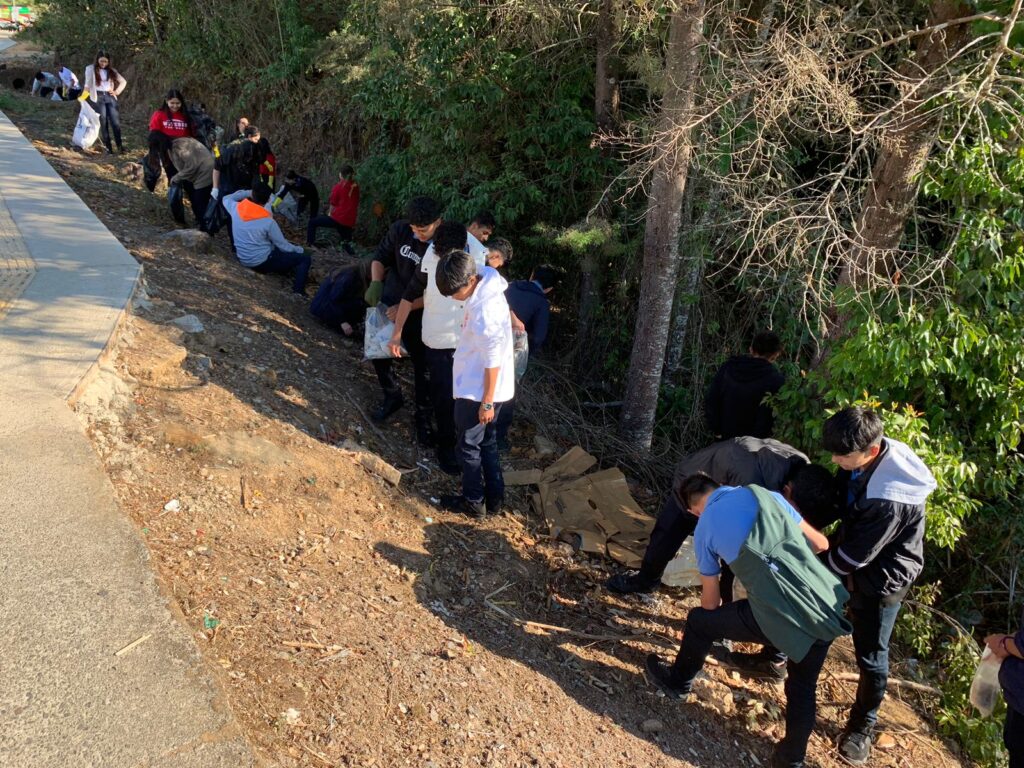
Taking care of rivers involves also cleaning up their banks (© Alianza Nacional Ríos y Cuencas de Costa Rica & Observatorios Ciudadanos del Agua).
Read more Free Flow Champions and find inspiration for your World Fish Migration Day 2024 event.


